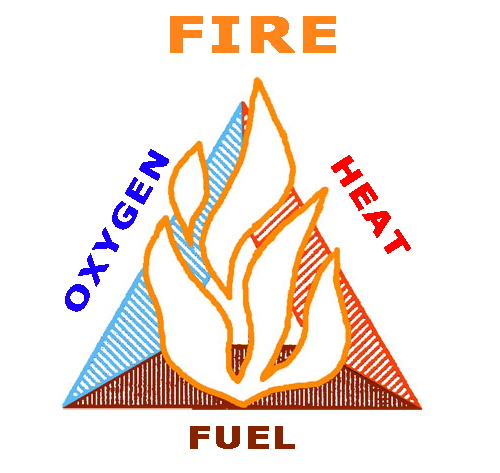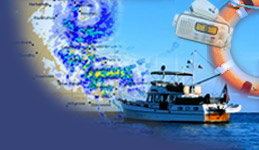Respond to Emergency Situations | Fire Fighting |
The master of a vessel is responsible for establishing emergency procedures in the event of a fire. These basic actions should include:
- Raising an alarm as soon as a fire is discovered
- Removing persons not involved in fighting the fire to a safe location
- Having suitably qualified and trained crew involved in fighting fire
- Where possible fire should be contained in the place of origin
- A head count should be undertaken to account for everyone onboard
- If the fire cannot be controlled, all crew should abandon ship.
Rules for Fighting Fires
Fire requires four elements to exist: fuel (materials), oxygen, heat and a chemical reaction. The basic rule for fighting a fire is to break this triangle by removing one of it sides.
 |
Oxygen – fires can be starved of oxygen by a blanket, foam or CO2. Shutting down the ventilation of a compartment has the same effect. Heat – Heat is removed by cooling. Fuel – Fires can be starved of fuel by removing the burning material. |
Use the Correct Fire Extinguisher
|
|
|
|
||||||||
Class AOrdinary combustibles most suitable (wood, paper, plastics and so on) |
YES |
YES - AB (E) |
YES |
||||||||
NO - B (E) |
|||||||||||
Class BFlammable and combustible liquids |
YES |
YES |
LIMITED |
||||||||
Class CFlammable gases |
NO |
YES |
LIMITED |
||||||||
Class EFire involving energised electrical equipment |
NO |
YES |
YES |
||||||||
Class FFire involving cooking oils and fats |
LIMITED |
YES - AB (E) |
NO |
||||||||
LIMITED |
|||||||||||
| back to top |




